TOMSK, Jun 3 – RIA
Tomsk. "Cloning" of plants, eco-friendly
decorations, fireworks of increased brightness – these and other seemingly
mundane, but no less technologically advanced tasks are solved by young
scientists of Tomsk State University (TSU). What developments really simplify
work in various industries, from coal to pharmaceutical, – in the material of
RIA Tomsk.
Ice melts between us
The solution preventing coal freezing was developed by the staff of the
Laboratory of Organic Synthesis of TSU. As the head of the laboratory Viktor
Malkov said, the works were made by request of the partner – Kemerovo company,
which supplies coal to the Asian part of Russia. Often the goods during
transportation, for example, to Yakutia came to the destination in a huge
frozen piece ...
"Coal moisture at shipment reaches 15%, plus during transportation it can
get wet in the rain. To avoid freezing, usually the rail cars and the coal
itself are treated with a solution of calcium chloride (ordinary inorganic
salt), but, first, it causes corrosion of the car walls, secondly, it
crystallizes on the surface of the coal, which causes its calorific value to be
reduced when it is burnt", – explains Malkov.
© предоставил Виктор Мальков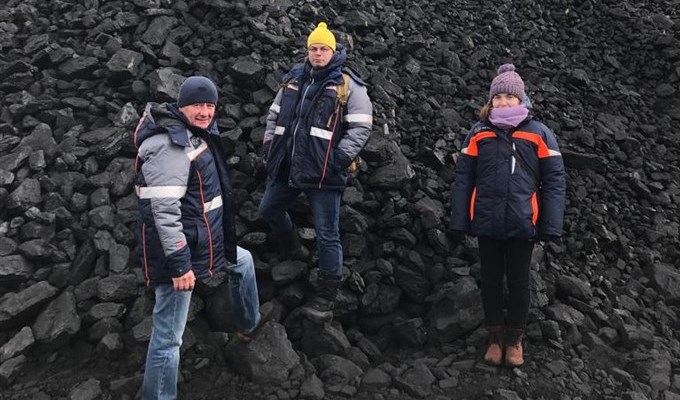
TSU employees created a solution preventing coal freezing
TSU chemists developed a composition devoid of these shortcomings, and also
cheap: the cost of funds does not exceed 15 thousand rubles per ton, and for
processing of one car it takes about 30 kilograms. At the same time it is made
from chemical production wastes, that is, it also solves the problem of
disposal. Tests of solution in frosts in Tomsk was successful, field trials are
planned for October in Kemerovo.
предоставил Виктор МальковRail cars processing
HI TECH beauty
High-tech ceramics for jewelry have been proposed for use at the Siberian
Center for Industrial Design and Prototyping at TSU. University scientists have
patented the technology of 3D printing with ceramics and a composition based on
zirconium.
"We have developed a series of pendants dedicated to the Siberian animals, we
have already held talks with a jewelry company from Amsterdam and are planning
to launch sales in Europe by the end of the year", – says the director of the
center Viktor Klimenko.
© предоставил Виктор Клименко
High-tech ceramics product
Products from nanoceramics, obtained by high-temperature sintering, are not
inferior to diamond in hardness, they are scratch-resistant and hypoallergenic,
they are not affected by household tools – the appearance is always perfect.
In the Russian market, such jewelry is still difficult to compete with gold – they are not too different in price, but Europe has already appreciated
eco-friendly and aesthetic ceramics: collections based on it are created by
such jewelry houses as Bulgari and Chanel Fine Jewelry.
Let there be blast!
The new high-energy powder proposed by the student of the TSU Faculty of
Physics and Engineering Sergey Sokolov, will help make the fireworks brighter
and safer. The additive based on the Al-Mg alloy has combustion parameters that
exceed all known analogs and, at the same time, have a lower cost, even in
comparison with the Chinese ones.
© предоставлено Сергеем Соколовым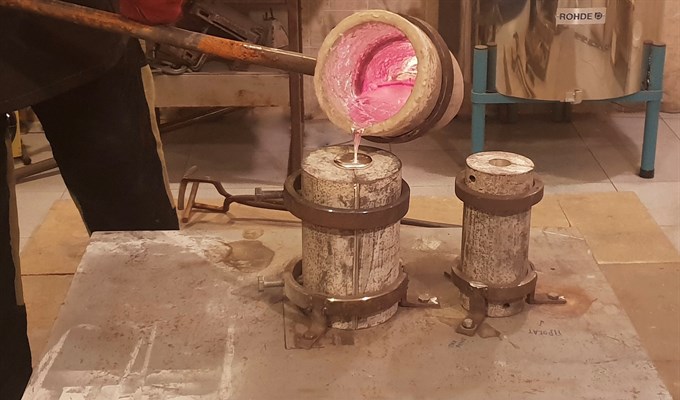
Additive based on aluminum-magnesium alloy
"As part of the aluminum-magnesium powder, the brightness is greater, the
duration of the flash. It can theoretically be used as a metal fuel in rocket
fuel, explosives, but pyrotechnics is the main field of application", – says Sokolov.
With this project, he won the "UMNIK" contest of the Foundation for
Assistance to Small Innovative Enterprises (FASIE).
© предоставлено Сергеем Соколовым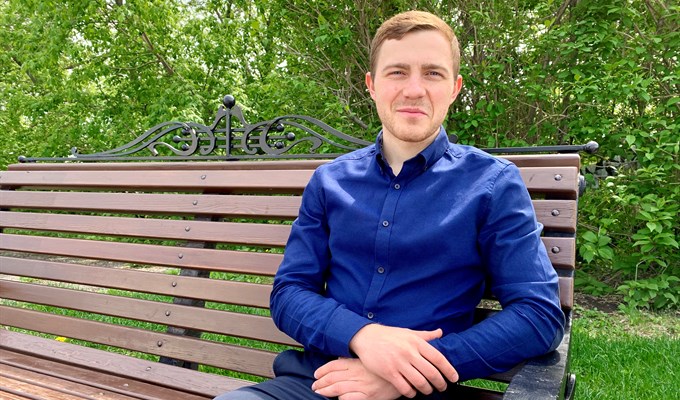
Student of the TSU Faculty of Physics and Engineering Sergey Sokolov
The export potential of the development is very high – interest in trial
deliveries, joint research and the possibility of commercial supplies on an
ongoing basis were expressed by "JSC" Altai Federal Research and
Production Center, Institute of Space and Astronautical Science (Japan), MACH 1
(high-tech chemical company that provides innovative products and services,
USA), Politecnico di Milano (Italy).
"Clones" of plants
"Like stem cells, but cooler!" – a graduate student of the Department
of Plant Physiology and Biotechnology of the Biological Institute of TSU and a
staff member of the Goldberg Research Institute of Pharmacology and
Regenerative Medicine Maria Filonova popularly explains an essence of the
researches. She is developing technology for producing cell cultures and
microclones of valuable medicinal plants with a high content of biologically
active substances.
© предоставлено Марией Филоновой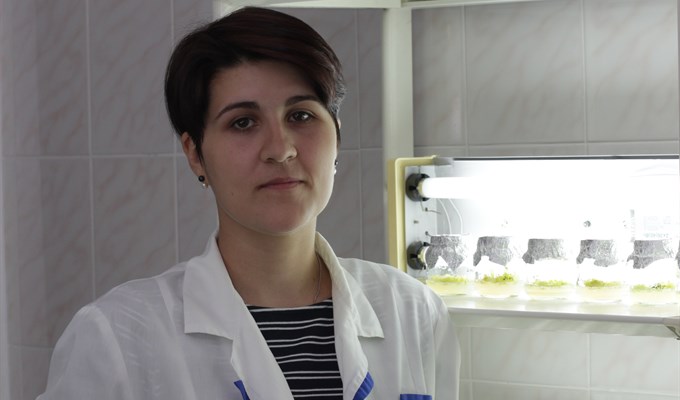
Graduate student of the Department of Plant Physiology and Biotechnology of the Biological Institute of TSU
"Plant cells have the ability to fully realize all genetic information,
that is, from one full-fledged healthy cell (from almost any tissue, no matter
where it comes from – from a leaf, stem or root) we can get a cell culture (a
mass of undifferentiated cells), which will produce a BAS from this plant", – explains Maria.
In fact, it is an opportunity to produce, for example,
promising drugs, without using for this purpose plantations of medicinal plants
and not experiencing restrictions due to seasonality, climate, and so on.
Accordingly, the main consumers of the technology for obtaining cell cultures
of plants – are pharmaceutical companies.
Defeat the fire
The methodology by which fire resistance of building
materials can be assessed is developed at the TSU Faculty of Mechanics and
Mathematics.
"The task is to develop a method for assessing
various parameters of fire resistance using infrared diagnostics. Simply put,
we are trying to fasten a non-contact method for estimating thermal performance
in the event of testing for resistance to fire of building materials. We focus
on wood materials: OSB, chipboard, plywood, etc", – the employee of the
faculty Denis Kasymov tells.
Scientists have already moved from laboratory scale to
penultimate: on the landfill in the wild, they are conducting experiments to
analyze the accumulation of burning and glowing particles on the floor model,
the corners of the building, the roof, the facade. In parallel, studies are
underway on the effect of flame retardants on the fire resistance under thermal
effects from a reference source – an instrument that holds a given temperature
and simulates the thermal effect of an approaching fire.
The latest results from scientists were
presented in April at the European Combustion Meeting in Portugal.
© предоставлено пресс-службой Томского госуниверситета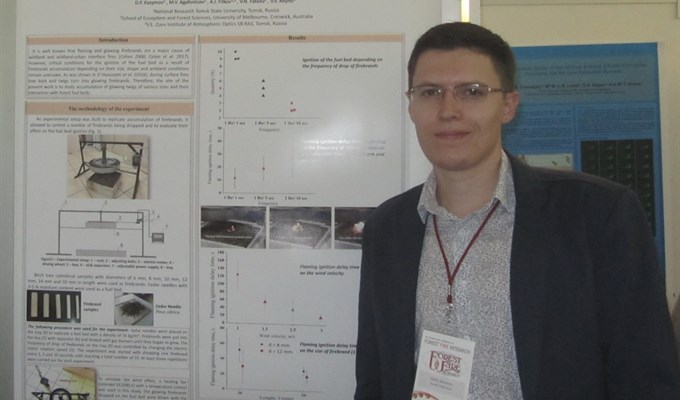
Employee of the TSU Faculty of Mechanics and Mathematics Denis Kasymov